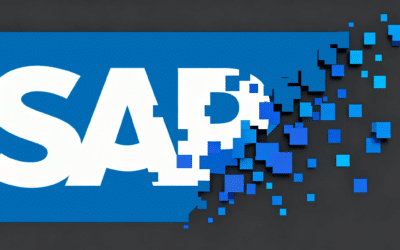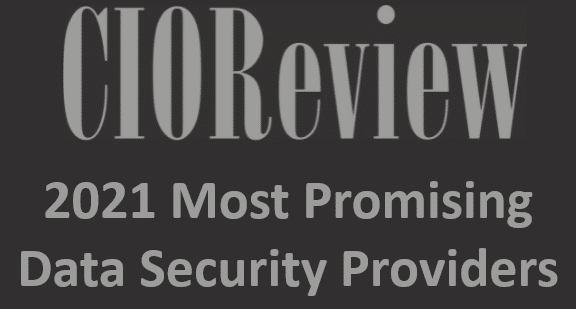Software Release Risk Management
by Rohit Gupta
How are you managing the software release risks associated with constant change?
According to a survey conducted in 2014, more than 50% of participants had major releases occur every one to five years, with annual releases being the most common.
In 2016, however, it was reported that just 10% of major releases occur annually or longer. More than half of major releases occur more frequently and span monthly to quarterly release cycles.
Frequent release leads to risks such as expenses, delays, failed deployments, lack of visibility, outages and much more.
The quality of the product cannot be compromised due to frequent releases as it can adversely impact customer experience and the business.
What you need to manage the risks effectively;
- You need a complete view into all dependencies between teams and processes.
- Better reporting.
- View of all open incidents & defects.
- More control on gates, these allow you to plan ahead and manage risk.
- Automation to enable faster deployment, and eliminate errors from manual processes. This will also lead to more frequent & reliable releases.
In this fast paced environment where complexity and scope of business software increase, you need a holistic view of what’s going on and proactively prevent delays and failures. This will also allow you to plan ahead and release predictably to drive measurable business results from successful releases.
The story and importance of effective and “Agile at Scale” release management hits the bottom line of how well an organisation is performing for it’s customers, employees and ultimately it’s shareholders.
enov8 pride themselves with delivering a unique market leading solution to the problem with ecosystem, an extensible holistic release management platform inclusive of the following capabilities.
- Enterprise Release Management (Portfolio Release Management).
- Streamlined Implementation Planning via Runsheets.
- Release Automation & Deployment Version Tracking.
- Test Environments Management.
- Holistic Test Data Management.
- Seamless and Advanced Integration.
- Data Center and Cloud Migration Management.
Promoting Transparency, Control & Productivity.
To learn how ecosystem can help you better manage and mitigate the risks associated with software release management, contact us for a demonstration today.

Relevant Articles
Enterprise Release Management: A Comprehensive Guide
Enterprise Release Management (ERM) is a set of end-to-end practices that enable large organizations to effectively manage software releases. ERM is uniquely designed for the challenges of multiple teams building and releasing software simultaneously. ERM establishes...
Your Essential Test Environment Management Checklist
“Test Environment Management Checklist.” Yep, that sounds like a mouthful, but don’t let that discourage you. The idea here is quite simple—adopting a checklist to evaluate the soundness of your test environment management approach. Even though the idea sounds simple...
A Detailed Guide to SAP Data Masking
SAP systems handle some of the most sensitive data in the enterprise: financial transactions, HR information, supplier records, customer profiles, operational details, and more. For that reason, copying production data into non-production systems without modification...
Release vs Deployment Management: What’s the Difference?
In the always-an-adventure world of IT service management, there are several key processes that are essential for delivering high-quality services to customers and end-users. Two of the most critical processes are release management and deployment management....
7 Tools to Help with Application Rationalization
Application rationalization is the process of identifying which applications an organization should keep, update, consolidate, or retire. Think of it as a financial adviser, but instead of your investment portfolio, it's your application portfolio. Most companies take...
Pairing DevOps with Test Environment Management
For many organizations, DevOps is the best practice for efficiency. However, this model doesn’t come easily as the organization needs to put certain things in place. For example, the firm needs to incorporate the right tools to ensure its delivery pipeline and...










